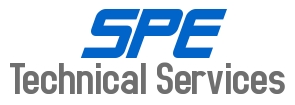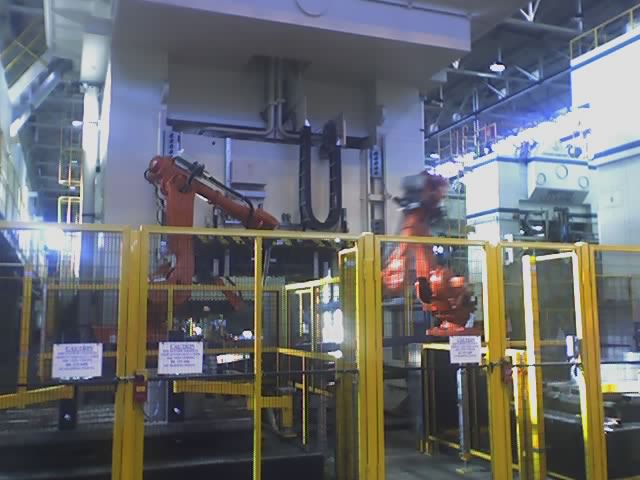legal requirements page 3
Hydraulic power presses
While not a power press as defined above they are still classified as a machine which relies on the correct functioning and maintenance of safety systems to prevent a dangerous occurrence.
Main Applicable Standards
EN 693 (2001): European standard for Hydraulic power presses, This is a comprehensive standard covering all design aspects of the press with references to many other supporting standards. From our point of view we only have to check for continued compliance i.e. as installed condition.
PUWER states
Regulation 6(2) ‘Conditions causing deterioration’ and ‘Dangerous situations’
Where work equipment is of a type where the safe operation is critically dependent on its condition in use and deterioration would lead to a significant risk to the operator or other worker, you should arrange for suitable inspections to be carried out.
Equipment that should receive an inspection
152 The types of equipment whose use could result in significant risk as a result of deterioration and which may therefore need to be inspected include:
(a) Most fairground equipment;
(b) machines where there is a need to approach the danger zone during normal operation such as horizontal injection moulding machines, paper-cutting guillotines, die-casting machines, shell-moulding machines;
(c) complex automated equipment;
(d) integrated production lines.
From this HSG 236 legal commentary states
61 The requirements in part IV of PUWER 98 apply to power presses that are wholly or partly used to work metal. They do not apply when a press is used to work non-metals, hot metals or metal powders. There is also a list in Appendix 7 of the types of press to which part IV does not apply. For other 'presses' that present similar risks but do not fall within the strict definition of a power press, for example hydraulic presses, regulation 6 of PUWER may apply where both an initial and periodic inspection of the machine may be required.
For further information please contact us..


